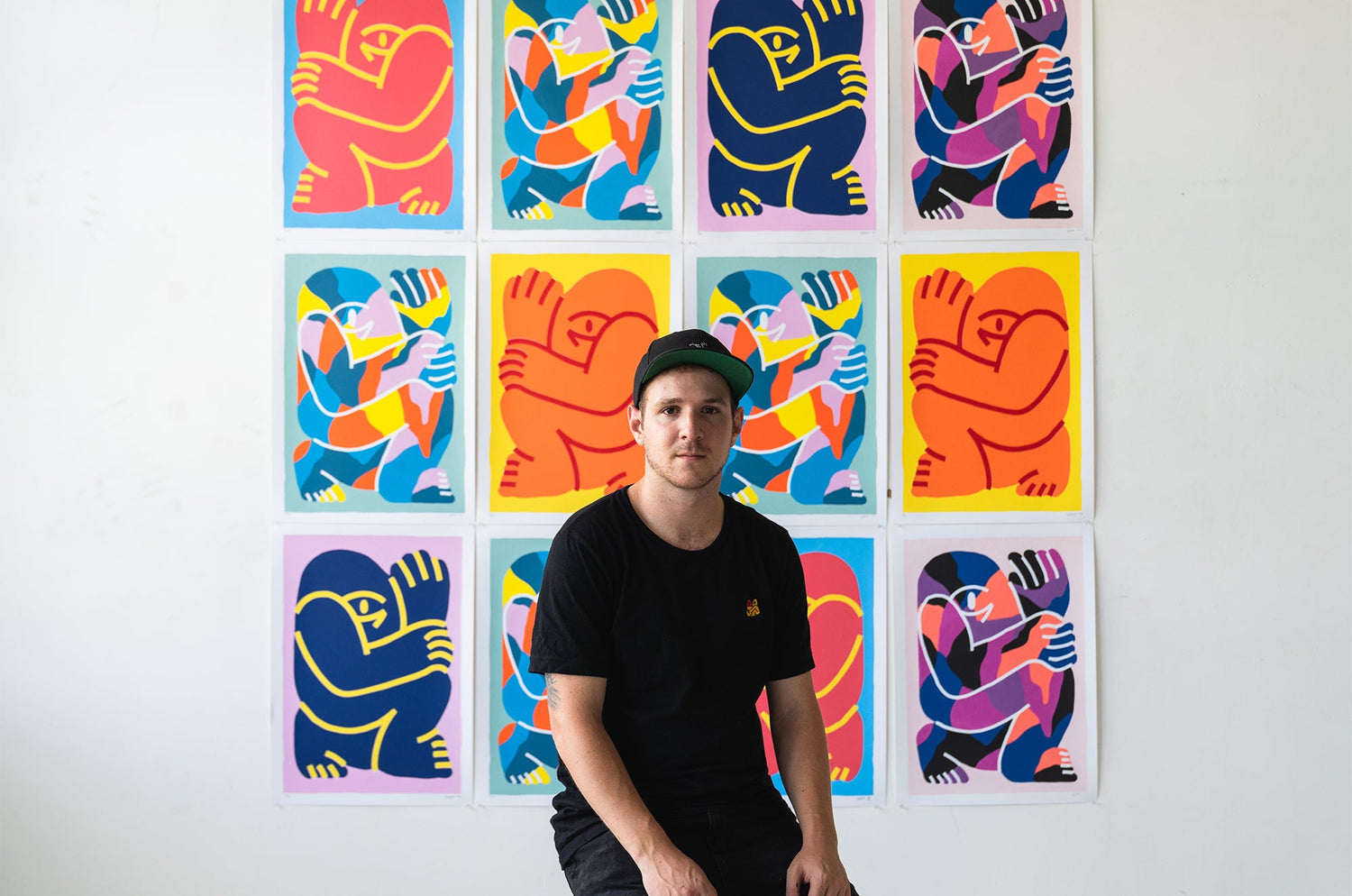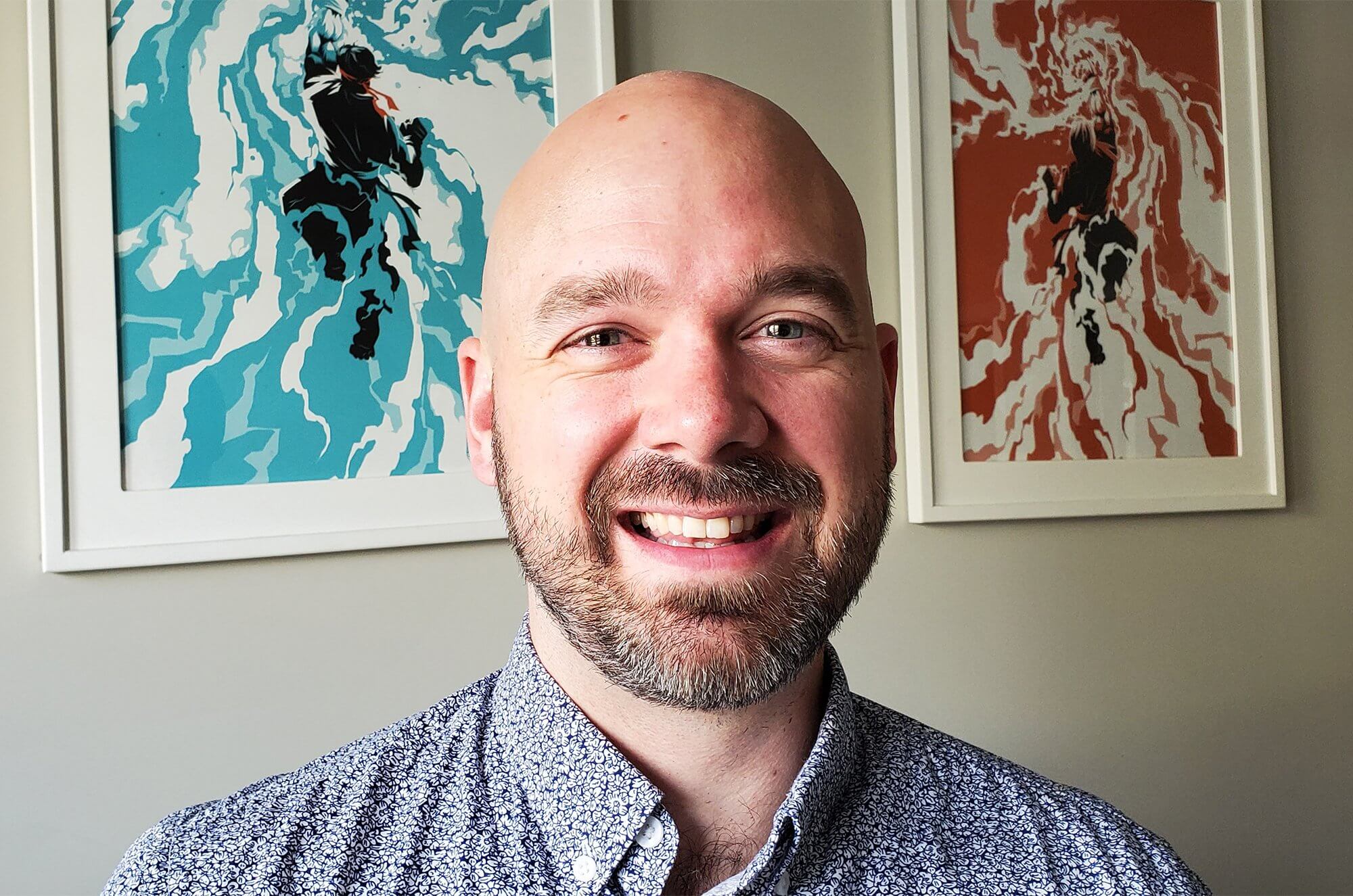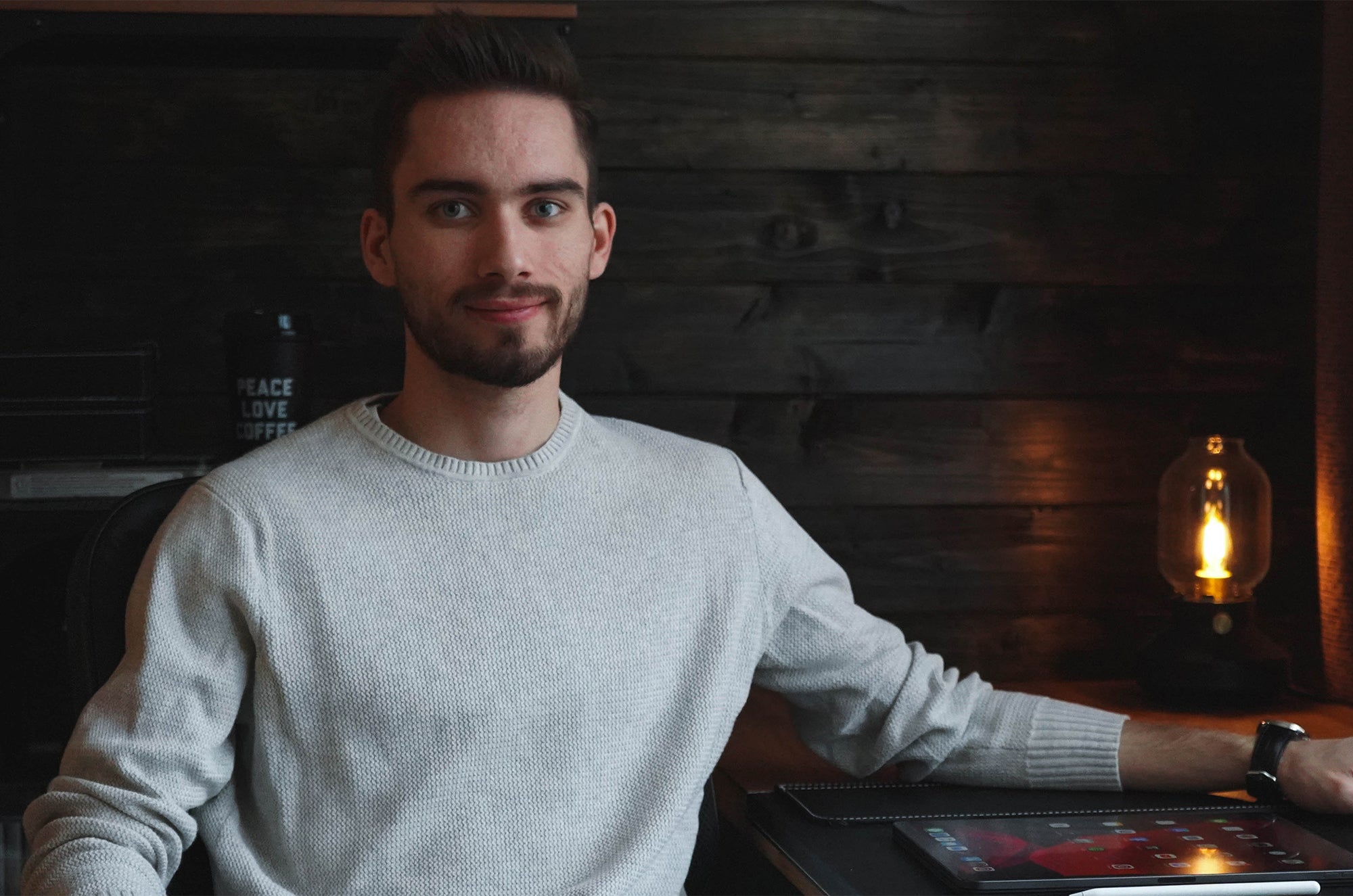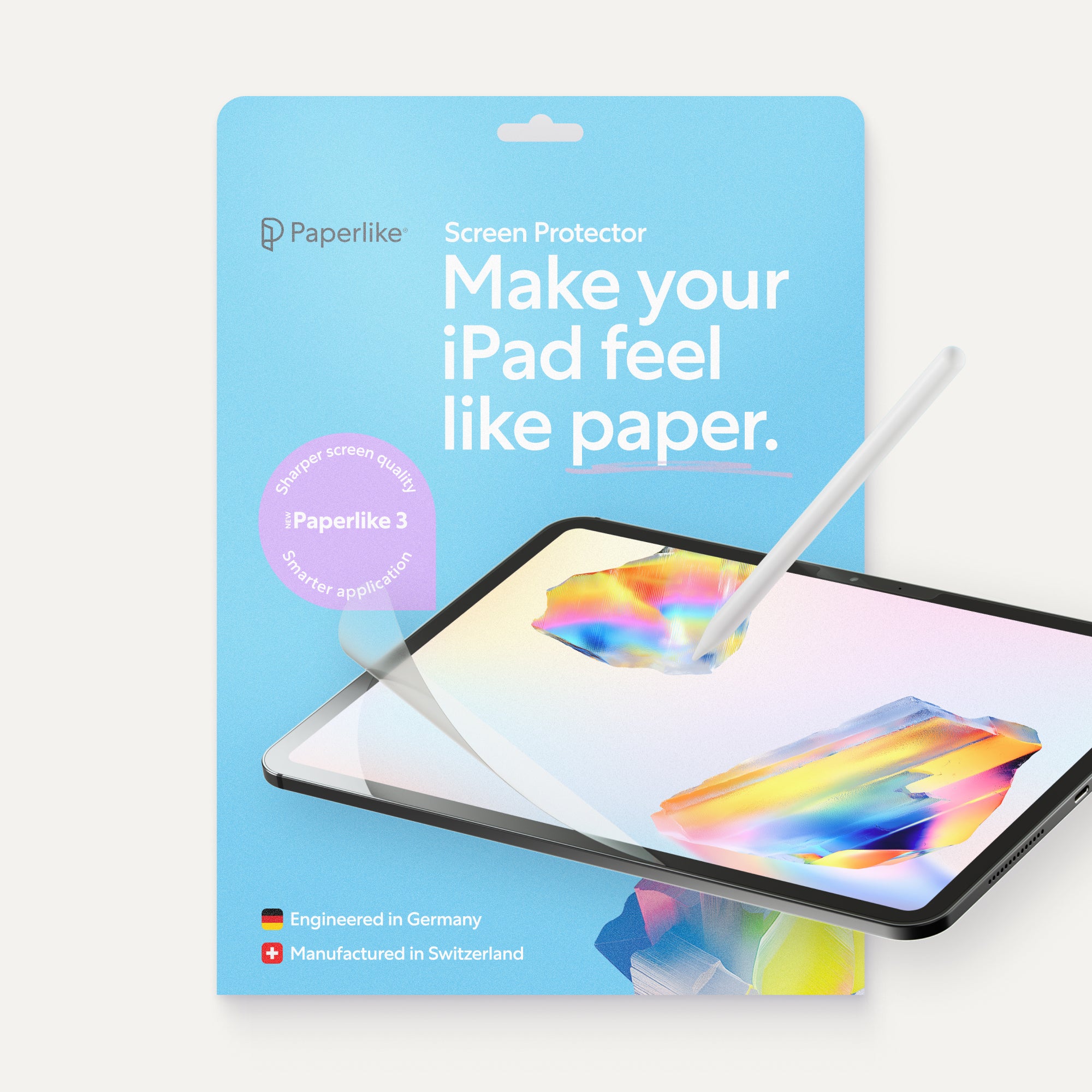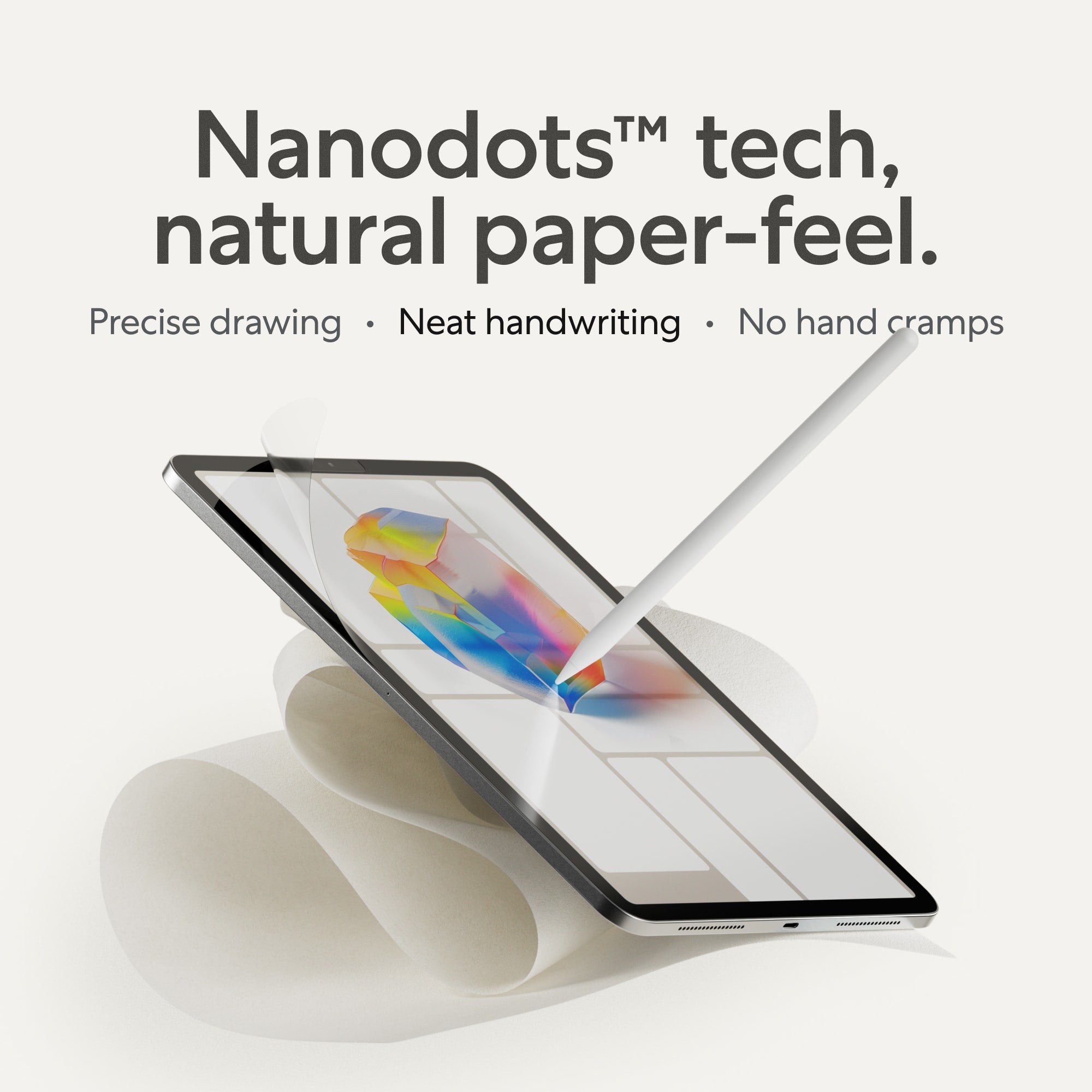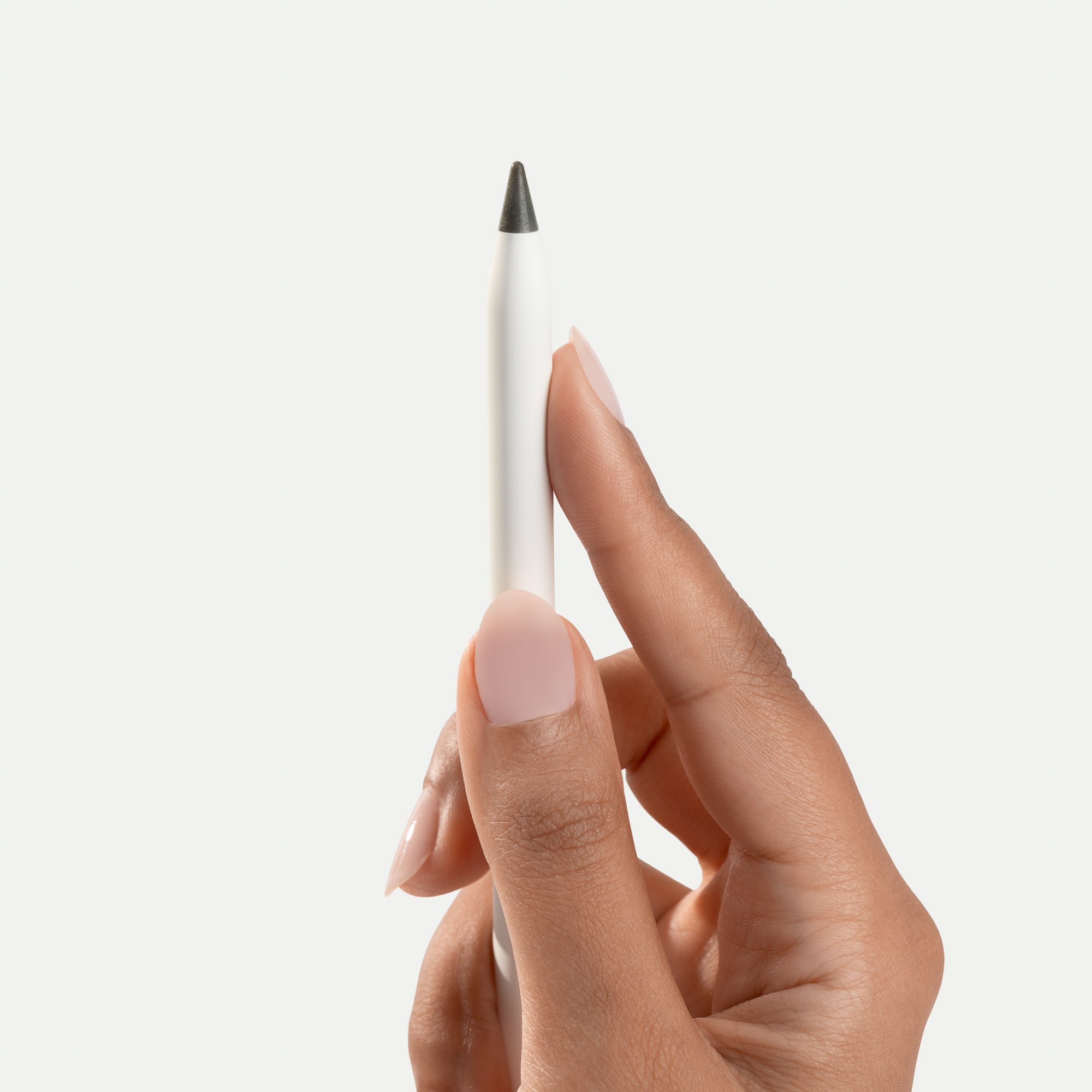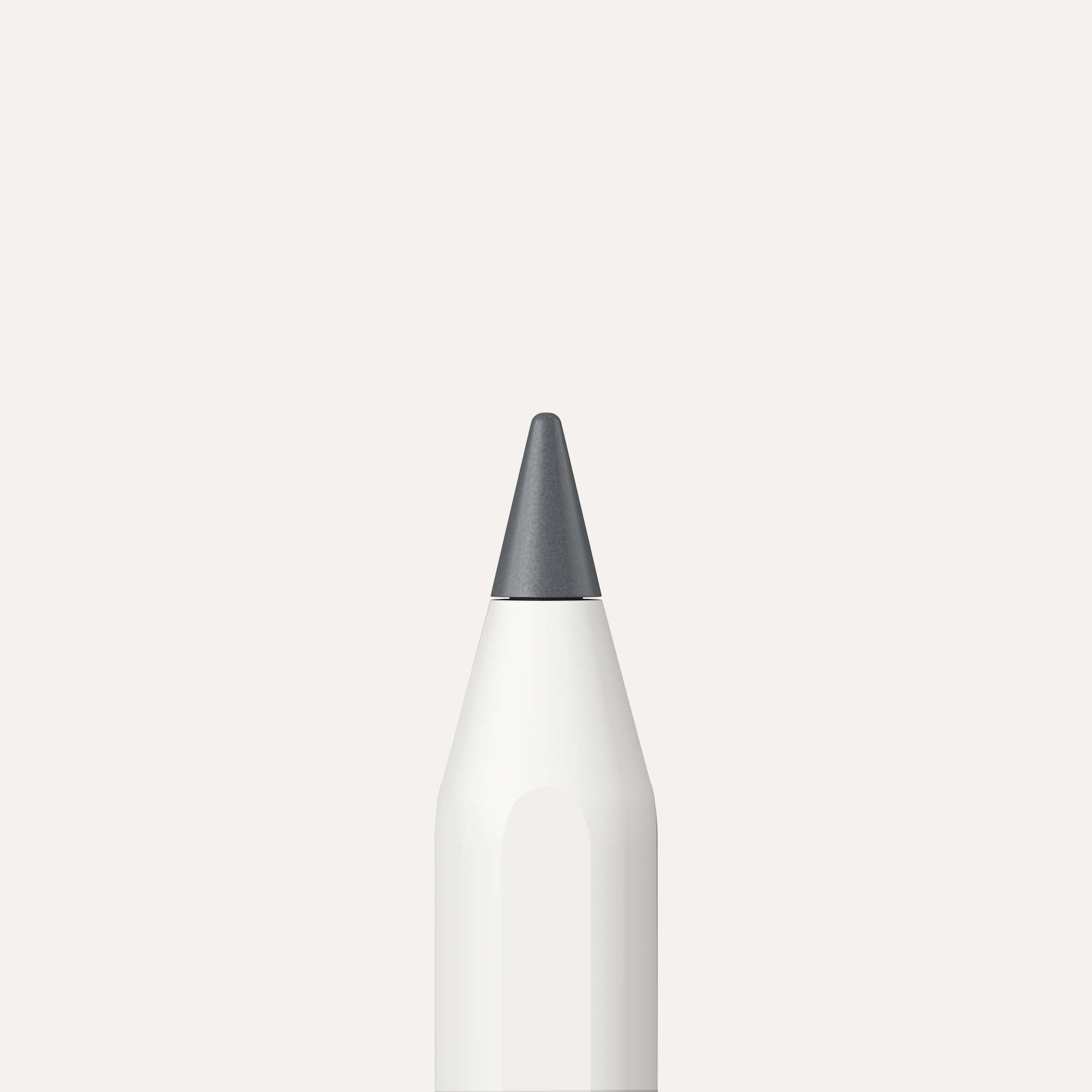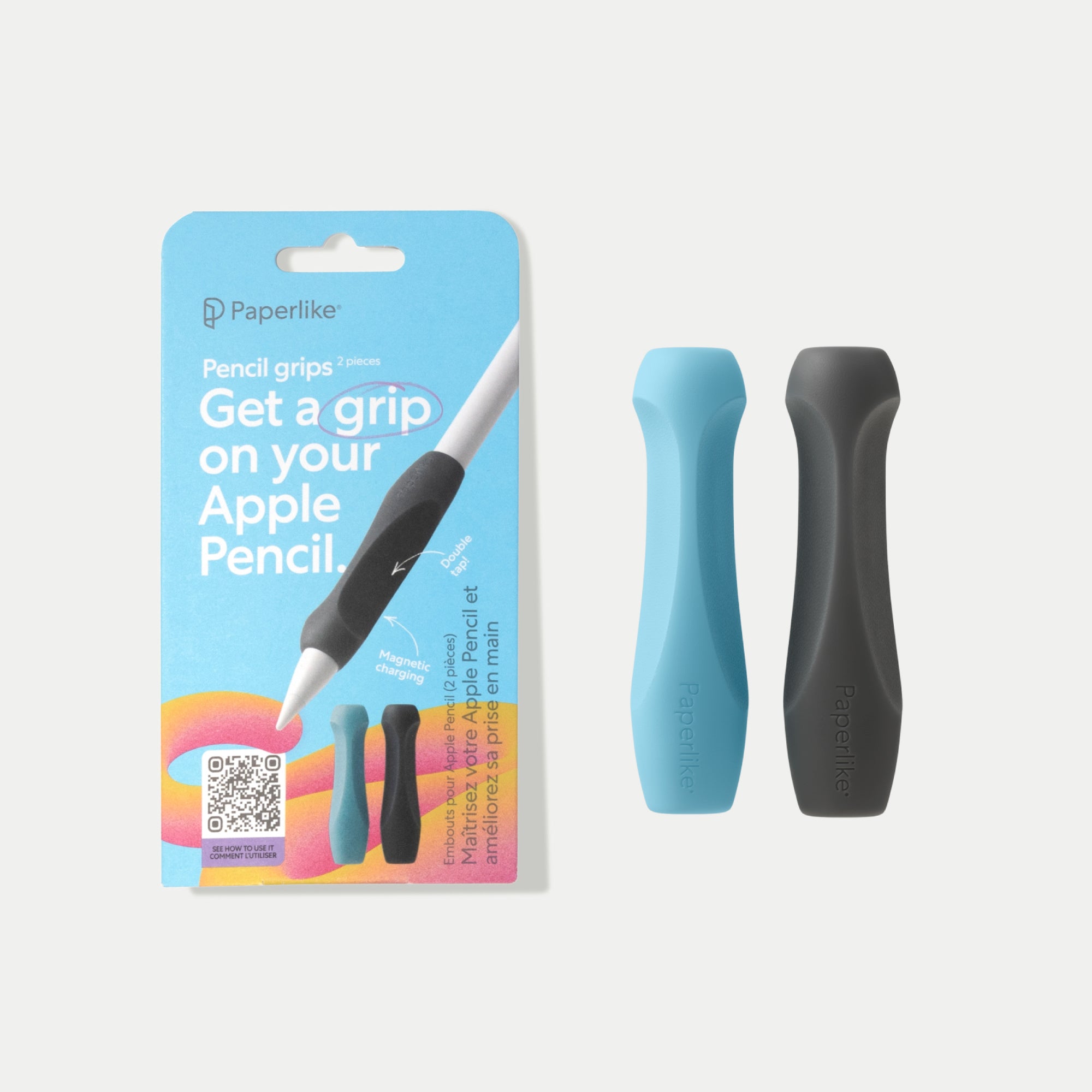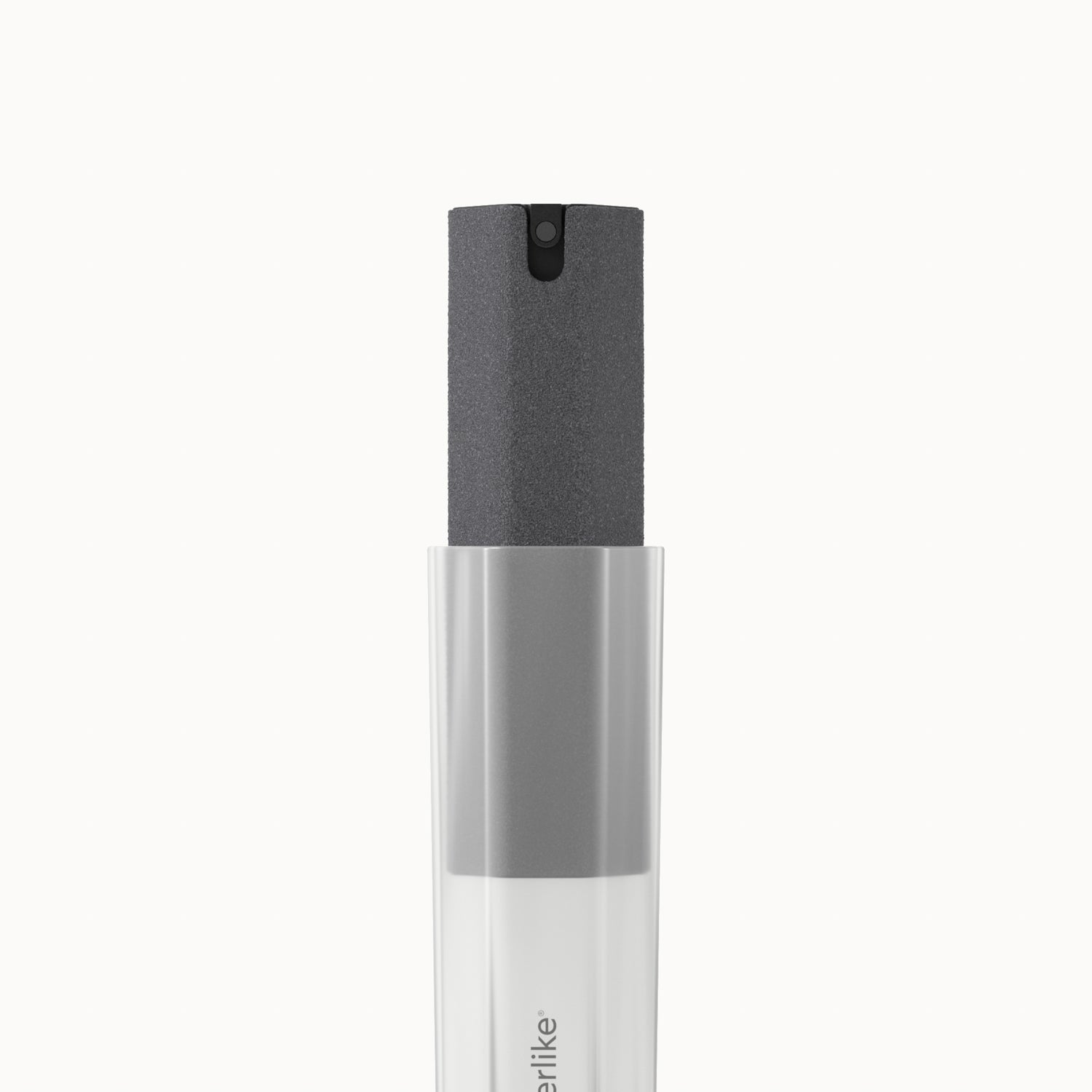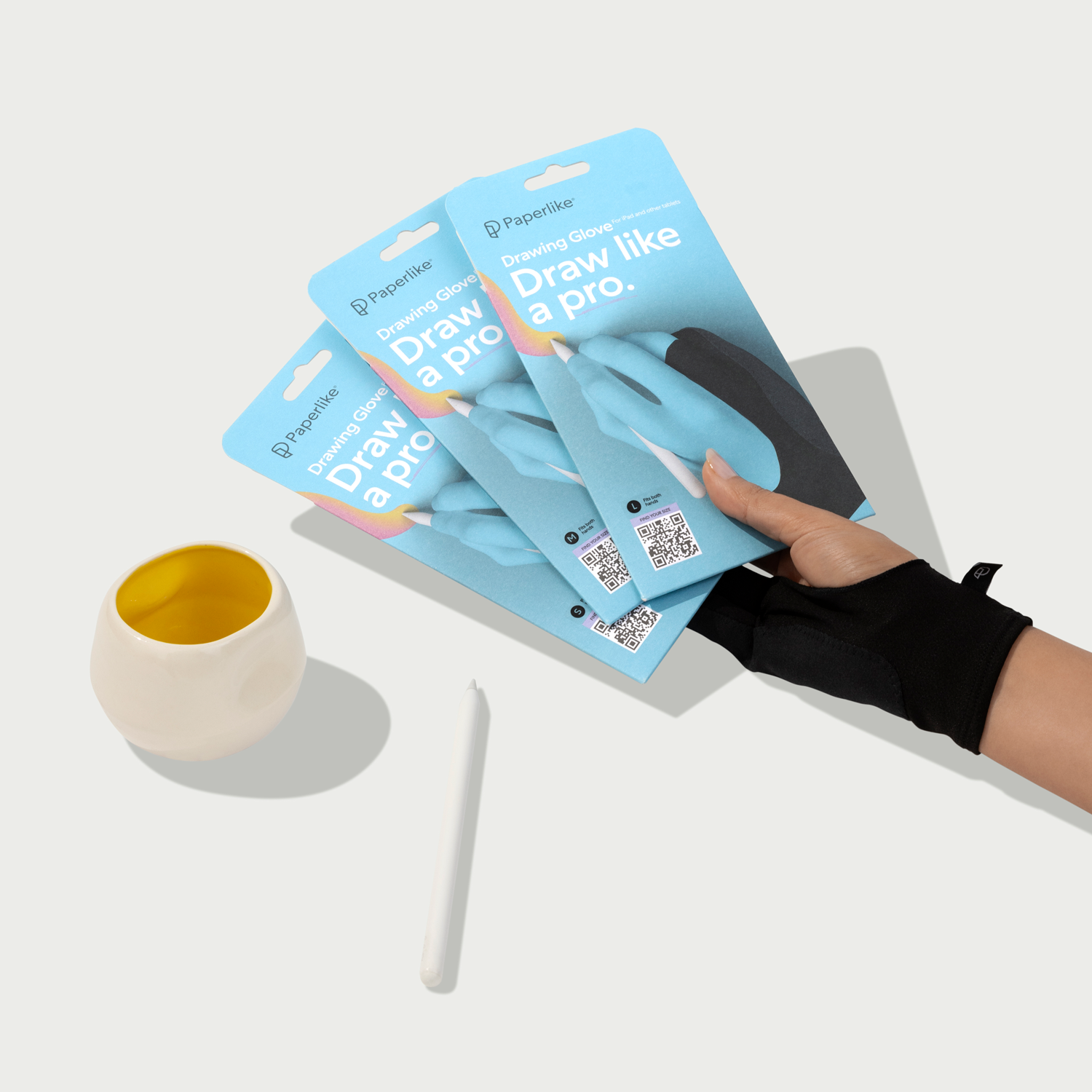Banner photo credit: Eddie Lee for Hypebeast
Many artists and creatives are quick to point out that their love of art started young. Most had an artistic patron in their life who encouraged their creativity and helped them grow.
Eric Friedensohn had those things, too. His grandmother worked with stained glass. His brother is an engineer and a technical designer. But Eric’s career as an abstract mural artist didn’t start there.
It started with a fire.
“I was in the apartment when it started,” Eric said. “I had no control over it. It started in the backyard and came in through the windows.”
In the space of a few hours, Eric lost all the artwork he had created and held onto from his college days, where he focused on graphic design and lettering in hopes of breaking into the skateboard media industry. He lost his clothes, his furniture, and all of his creative tools.
Eric explained: “I had to restart, and I really had to think about what was important to us because we didn’t have the money to replace everything.”

Starting over
When he was able to go back into the apartment, one of the few things that survived was an old sketch that read, “Optimist”. That, Eric said, was the sign he needed to move on from the fire and share his art with the world.
Of course, Eric was hardly an overnight success.
After the fire, he managed to snag a job at an agency that specialized in event design. Eric would create artwork for events and the agency would print it on large, vinyl displays. It was the first time he’d actually seen his art on a larger scale — but he found the experience frustrating because those vinyls would end up in the trash a few days later.
Eric wanted something with more permanence, and that led him to create his first mural: A giant chalkboard wall inside the agency that he stayed late to paint.
A year and a half later, after recovering from the fire, Eric felt like he could give freelance work another try. He left the agency job and struck out on his own, creating new personal and client projects and sharing them consistently across social media.
That’s how WeWork, the global community and shared workspace company, found him in 2016.

Scaling up
Eric’s career with WeWork took him to different cities across the US and around the globe. He painted murals at a number of locations and spent time living and traveling throughout Latin America for a few years.
While Eric has no single formula when it comes to murals and paintings, he lives for eclectic projects where he can revel in abstraction and figure out ways to push the limits of his own creativity.
“When it’s over, I always end up surprising myself and creating something that I couldn’t have predicted,” Eric said.
He often prefers to improvise parts of his murals, rather than being forced to create in a systematic paint-by-numbers fashion.
For Eric, art is more than beautiful compositions.
“I started to push my work beyond lettering, and start drawing simple, abstract illustrations. I wanted to communicate feelings that I couldn’t communicate with words,” he said.
In Eric’s view, when a piece of art catches the viewer at the right moment, it can bridge the gap between what his initial feeling and what a viewer feels when they look at it.
It’s one reason that place and the “sense of place” are important to his creative process and, Eric notes, why he likes his art to be displayed in prominent locations where people can interact with it.
In every piece he creates, Eric is still driven by the memories of the fire, what he lost, and the revelations that he drew from the experience.
“The fire and finding that sketch rooted me on this new journey of creating more art about optimism and sharing that message with people.”
Those ideals are what made Eric leave WeWork behind and focus on his own studio in New York City where he could share his art and his message on his own terms.

Still moving forward
Just like his art, Eric likes to exist in the abstract space between open-ended creativity and rigid process. It’s a balance that he sometimes struggles with because no mural that he creates is ever the same.
“There are basic design principles like balance and harmony. You don’t want your eye to stop moving in the piece. Especially with murals, I’m always stepping back and looking at the whole picture,” he said.
But beyond those basic elements, Eric doesn’t keep to a major routine or design philosophy. He typically starts creating in an analog format, using paper, a pencil, and a paint marker. Sometimes, he switches to Procreate, Photoshop or other digital tools. Every stage of production is flexible but, Eric notes, it’s by design.
Instead, Eric is content to let things run their natural course and is more focused on producing something that contains something valuable for his clients and his audience.
“I want there to be some element of relatability to the audience, whether it’s that they get to see themselves in my story, or they get to learn something new, or they get to feel something that I felt,” he said. “And just because something is more detailed doesn’t mean that it will be better received.”
For Eric, value is something that goes beyond great linework. In Eric’s words, there’s more to art than that.
“Even though I lost everything I owned, I realized how much I still had,” Eric explained. “I realized that stuff is just stuff, and it’s not important.”
In the same way, the value that a piece creates, whether it’s educational or transformative, runs deeper than the ink and lines that Eric uses to create it.

Student for life
As a muralist, Eric understands how important space and location can be for a piece. He points out that, especially when working in public spaces, you have to have “a little bit of grace” while handling the project.
Eric is also cognizant of the space that he occupies as an artist, and he believes that an artist constantly needs new inputs in order to stay fresh.
To that end, Eric does his best to keep his mind open to new experiences and to see the art in everything. He listens to audiobooks and podcasts and resonates with the “student for life” philosophy.
He also wants to teach others everything that he has learned throughout his artistic journey, which is why he created a Skillshare class to educate aspiring artists.
For more of Eric’s work, find him on Instagram! While you’re there, be sure to check out @muralists, a new community he is building for muralists to connect and share their artwork.


